Your cart is currently empty!
Tag: Future

The Future of Managed Service Providers: Trends and Technologies to Watch
Managed service providers (MSPs) play a crucial role in helping businesses navigate the ever-evolving landscape of technology. As technology continues to advance at a rapid pace, MSPs are tasked with staying ahead of the curve and providing cutting-edge solutions to their clients. In this article, we will explore the trends and technologies that are shaping the future of MSPs.One of the key trends that MSPs are currently facing is the shift towards cloud-based services. With more and more businesses moving their operations to the cloud, MSPs are being called upon to provide expertise in managing and securing cloud environments. This includes helping clients migrate their data and applications to the cloud, as well as implementing robust security measures to protect sensitive information.
Another trend that is shaping the future of MSPs is the increasing demand for managed cybersecurity services. With cyber threats becoming more sophisticated and prevalent, businesses are looking to MSPs to provide comprehensive security solutions to protect their networks and data. MSPs are now offering services such as threat detection and response, vulnerability assessments, and security awareness training to help clients defend against cyber attacks.
In addition to cloud and cybersecurity services, MSPs are also embracing technologies such as artificial intelligence (AI) and machine learning to enhance their offerings. AI-powered tools can help MSPs automate routine tasks, improve efficiency, and provide predictive analytics to anticipate and prevent potential issues before they arise. By leveraging these technologies, MSPs can deliver more proactive and personalized services to their clients.
As the role of MSPs continues to evolve, it is essential for them to stay abreast of the latest trends and technologies in the industry. By investing in training and development, staying informed about emerging technologies, and adapting their services to meet the changing needs of their clients, MSPs can position themselves as trusted advisors in a rapidly changing technological landscape.
In conclusion, the future of managed service providers is bright, with opportunities for growth and innovation abound. By embracing cloud services, cybersecurity solutions, and emerging technologies such as AI, MSPs can continue to provide valuable services to their clients and remain at the forefront of the industry. As businesses continue to rely on technology to drive their operations, MSPs will play a crucial role in helping them succeed in the digital age.
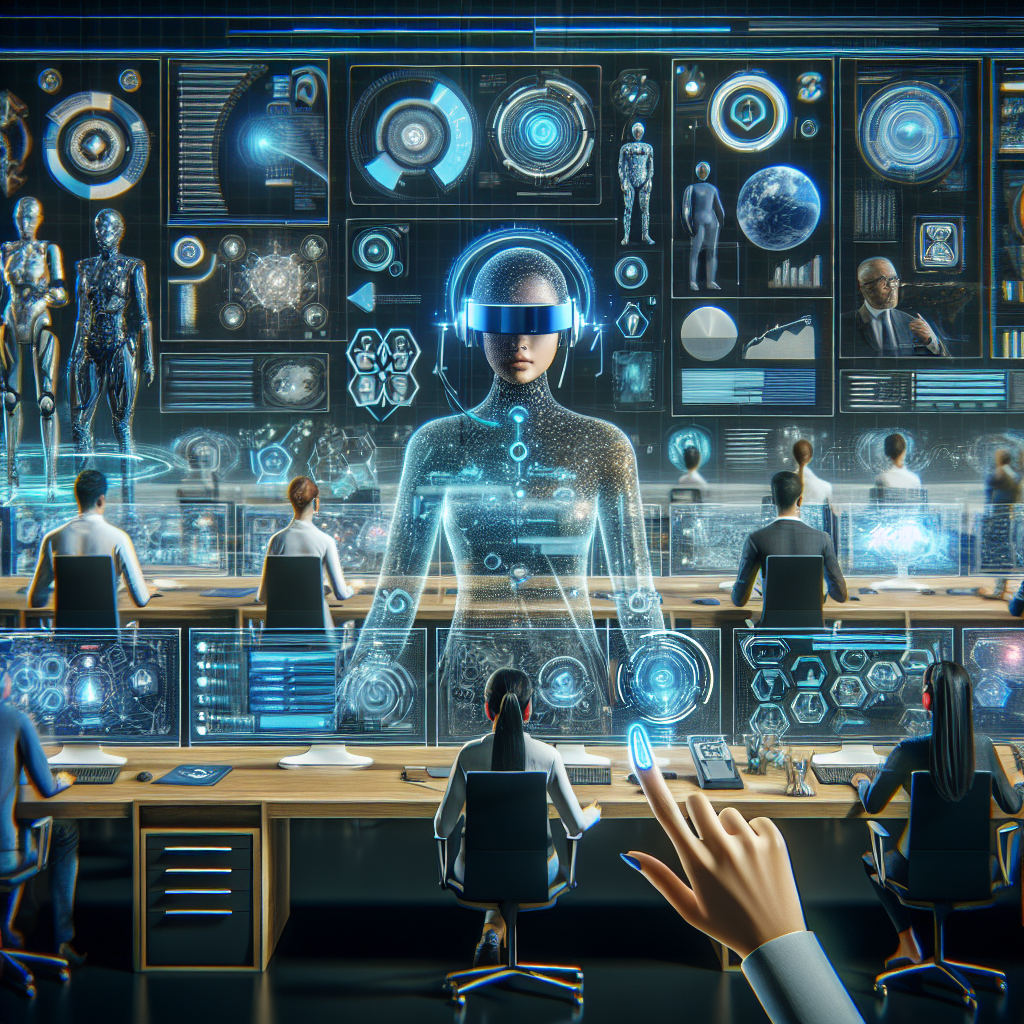
The Future of Help Desk: Trends and Technologies to Watch
As technology continues to advance at a rapid pace, the future of help desks is evolving as well. With the rise of artificial intelligence, automation, and other emerging technologies, help desks are becoming more efficient, responsive, and user-friendly than ever before. In this article, we will explore some of the key trends and technologies that are shaping the future of help desks.One of the most significant trends in the world of help desks is the increasing use of artificial intelligence (AI) and machine learning. AI-powered chatbots are now being used to provide instant assistance to customers, answer common questions, and even troubleshoot technical issues. These chatbots can quickly analyze customer inquiries, provide relevant information, and direct users to the appropriate resources for further assistance. This not only helps to improve customer satisfaction but also allows help desk agents to focus on more complex issues that require human intervention.
Another trend that is shaping the future of help desks is the growing focus on self-service options. Many companies are now offering self-service portals and knowledge bases where customers can find answers to their questions and troubleshoot common issues on their own. By providing customers with the tools and resources they need to resolve issues independently, companies can reduce the volume of incoming support requests and improve overall efficiency.
Automation is also playing a key role in the future of help desks. By automating routine tasks such as ticket triaging, routing, and escalation, help desk agents can spend more time focusing on higher-value activities that require human expertise. Automation can also help to streamline workflows, reduce response times, and improve overall service quality.
In addition to AI, self-service options, and automation, other technologies such as augmented reality (AR) and virtual reality (VR) are also starting to make their way into the world of help desks. AR and VR technologies can be used to provide remote assistance, guide customers through troubleshooting processes, and even offer virtual training sessions. These immersive technologies can help to enhance the customer experience, improve problem-solving capabilities, and reduce the need for on-site support visits.
Overall, the future of help desks is bright, with the adoption of AI, automation, self-service options, and other emerging technologies helping to drive innovation and improve customer support. By staying ahead of these trends and embracing new technologies, companies can position themselves for success in the increasingly digital and fast-paced world of customer service.

The Future of Business Continuity: Trends and Technologies to Watch
Business continuity is a critical aspect of any organization’s strategy for ensuring that operations can continue in the face of unexpected disruptions. As technology evolves and new challenges emerge, the future of business continuity is constantly evolving. Here are some key trends and technologies to watch in the coming years.1. Cloud-based solutions: The cloud has revolutionized the way businesses operate, offering increased flexibility, scalability, and cost-effectiveness. Cloud-based business continuity solutions are becoming increasingly popular, allowing organizations to store data and applications off-site and access them in the event of a disaster.
2. Artificial intelligence and machine learning: AI and machine learning technologies are being used to enhance business continuity planning and response. These technologies can analyze vast amounts of data to predict potential disruptions and automate response processes, helping organizations to minimize downtime and recover more quickly.
3. Internet of Things (IoT): The IoT is connecting devices and sensors to the internet, providing real-time data on everything from equipment performance to environmental conditions. This data can be used to improve business continuity planning by identifying vulnerabilities and predicting potential disruptions before they occur.
4. Cybersecurity: Cyber attacks are a major threat to business continuity, with hackers constantly seeking to disrupt operations and steal sensitive data. As cyber threats evolve, organizations must invest in robust cybersecurity measures to protect their systems and data.
5. Remote work solutions: The COVID-19 pandemic has accelerated the shift towards remote work, highlighting the importance of ensuring that employees can work effectively from anywhere. Business continuity plans must now include provisions for remote work, including secure access to company systems and data.
6. Blockchain technology: Blockchain technology offers a secure and transparent way to store and share data, making it ideal for ensuring the integrity of critical information during a disruption. By leveraging blockchain technology, organizations can enhance the security and resilience of their business continuity plans.
7. Data analytics: Data analytics can provide valuable insights into business operations, helping organizations to identify trends and patterns that may impact continuity. By analyzing data from various sources, organizations can make more informed decisions and proactively address potential disruptions.
In conclusion, the future of business continuity is evolving rapidly, driven by advancements in technology and changes in the business landscape. By staying abreast of these trends and technologies, organizations can better prepare for and respond to disruptions, ensuring that their operations remain resilient and sustainable in the face of uncertainty.
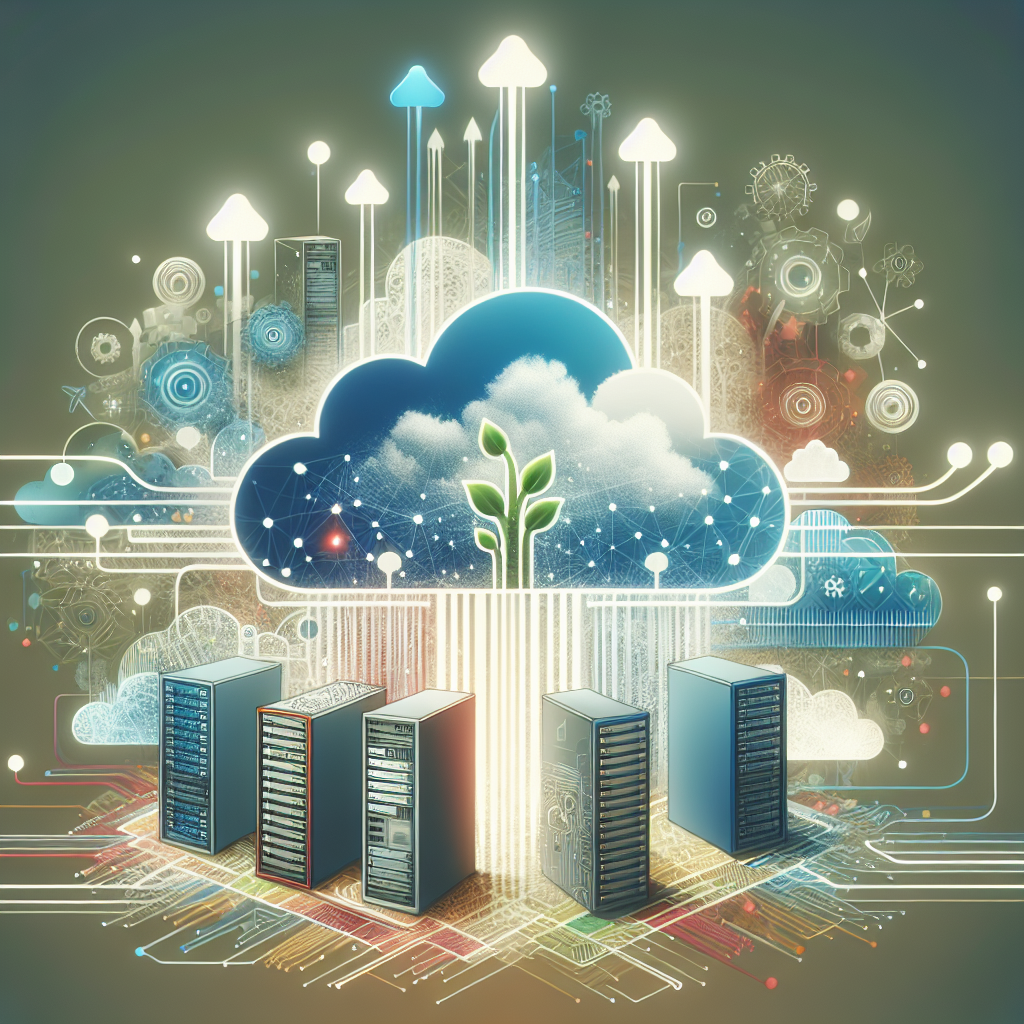
The Future of Computing: Exploring the Benefits of Cloud Computing
Cloud computing has revolutionized the way we use and store data, offering numerous benefits and opportunities for businesses and individuals alike. With the increasing popularity and adoption of cloud computing, it’s clear that this technology is the future of computing.One of the main benefits of cloud computing is the flexibility it offers. Instead of storing data on physical hardware, cloud computing allows users to access their data and applications from anywhere with an internet connection. This means that employees can work remotely, increasing productivity and efficiency. Additionally, cloud computing allows for easy scalability, as users can easily increase or decrease their storage capacity as needed.
Another key benefit of cloud computing is cost savings. By utilizing the cloud, businesses can reduce the need for expensive hardware and maintenance costs. Instead, they can pay for the services they use on a pay-as-you-go basis, saving money in the long run. Additionally, cloud computing can help businesses save on energy costs, as they no longer need to power and cool large data centers.
Security is also a major concern for businesses when it comes to storing data. With cloud computing, data is stored in secure data centers with advanced encryption and security measures in place. This provides peace of mind for businesses, knowing that their data is safe and protected from cyber threats.
Collaboration and innovation are also key benefits of cloud computing. With cloud-based applications, teams can easily collaborate on projects in real-time, regardless of their location. This fosters creativity and innovation, as employees can easily share ideas and work together to achieve common goals.
Overall, the future of computing lies in cloud computing. With its numerous benefits, including flexibility, cost savings, security, collaboration, and innovation, it’s clear that cloud computing is here to stay. Businesses and individuals alike can benefit from adopting cloud computing technology, paving the way for a more efficient and connected future.
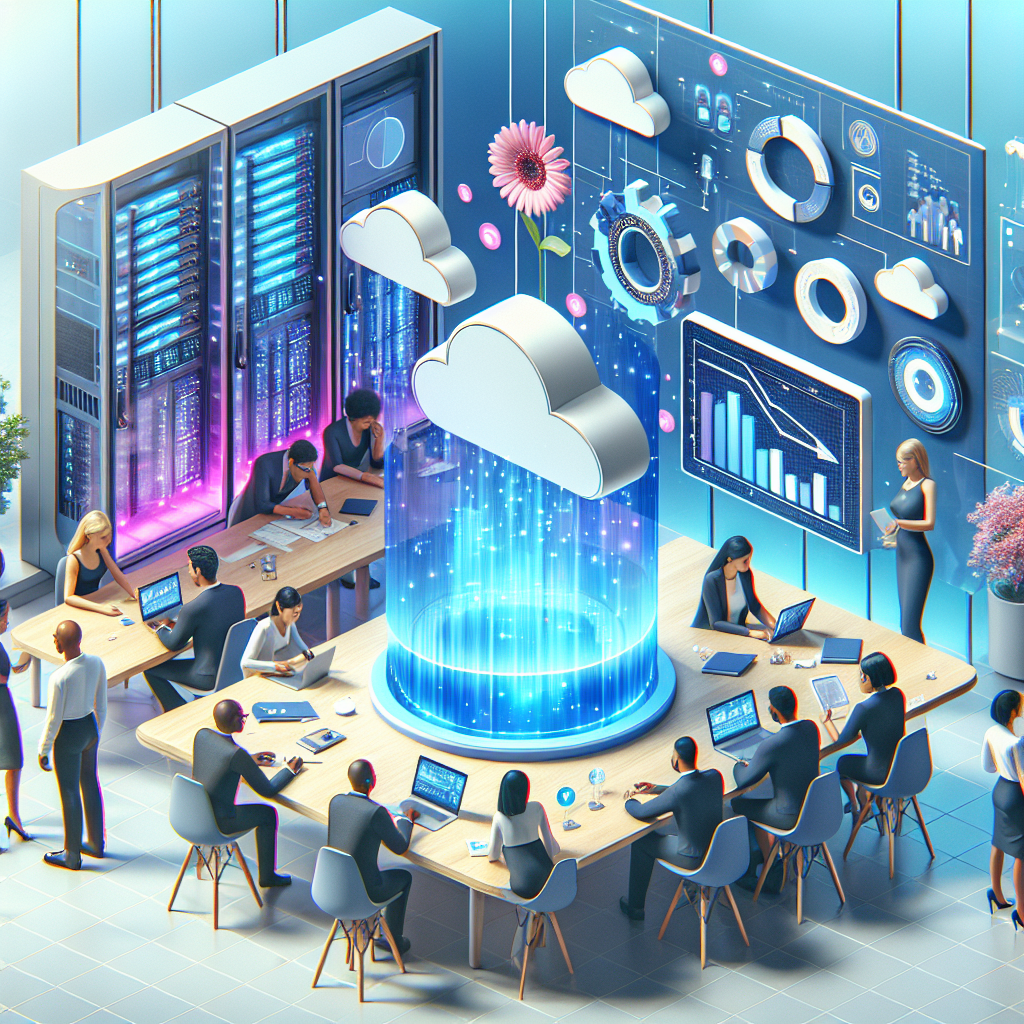
The Future of Service Level Agreements: Trends to Watch in the Industry
Service Level Agreements (SLAs) have long been a crucial aspect of the relationship between service providers and their customers. These agreements outline the level of service that the provider is expected to deliver, including metrics such as uptime, response times, and resolution times. However, as technology and customer expectations continue to evolve, the future of SLAs is also changing. Here are some key trends to watch in the industry:1. Outcome-based SLAs: Traditionally, SLAs have been focused on inputs, such as the availability of a service or the speed of response to a customer issue. However, there is a growing trend towards outcome-based SLAs, where the focus is on the actual results achieved by the service provider. This shift reflects a move towards a more customer-centric approach, where the emphasis is on delivering tangible business value rather than just meeting technical benchmarks.
2. Real-time monitoring and reporting: With the increasing complexity and interdependence of IT systems, there is a growing need for real-time monitoring and reporting to ensure that SLAs are being met. Service providers are investing in advanced monitoring tools that can provide real-time visibility into the performance of their services, allowing them to proactively identify and address issues before they impact the customer.
3. AI-driven SLAs: Artificial intelligence (AI) is revolutionizing the way SLAs are managed. AI-powered algorithms can analyze vast amounts of data to predict and prevent service disruptions, optimize resources, and improve the overall performance of IT services. By leveraging AI, service providers can enhance the accuracy and effectiveness of their SLAs, leading to better outcomes for customers.
4. Customized SLAs: One size does not fit all when it comes to SLAs. Customers have unique requirements and priorities, and service providers are increasingly offering customized SLAs to meet these specific needs. By tailoring SLAs to individual customers, service providers can ensure that they are delivering the level of service that is most important to each customer, leading to increased satisfaction and loyalty.
5. Collaboration and partnership: As IT environments become more complex and interconnected, service providers are recognizing the importance of collaboration and partnership in meeting SLA requirements. By working closely with customers, vendors, and other stakeholders, service providers can ensure that SLAs are realistic, achievable, and aligned with the broader business goals of all parties involved.
In conclusion, the future of SLAs is evolving to meet the changing needs and expectations of customers in a rapidly evolving technological landscape. By embracing outcome-based SLAs, investing in real-time monitoring and AI-driven solutions, offering customized agreements, and fostering collaboration and partnership, service providers can ensure that they are delivering the level of service that their customers expect and deserve. Keeping an eye on these trends will be crucial for staying ahead in the competitive service provider industry.
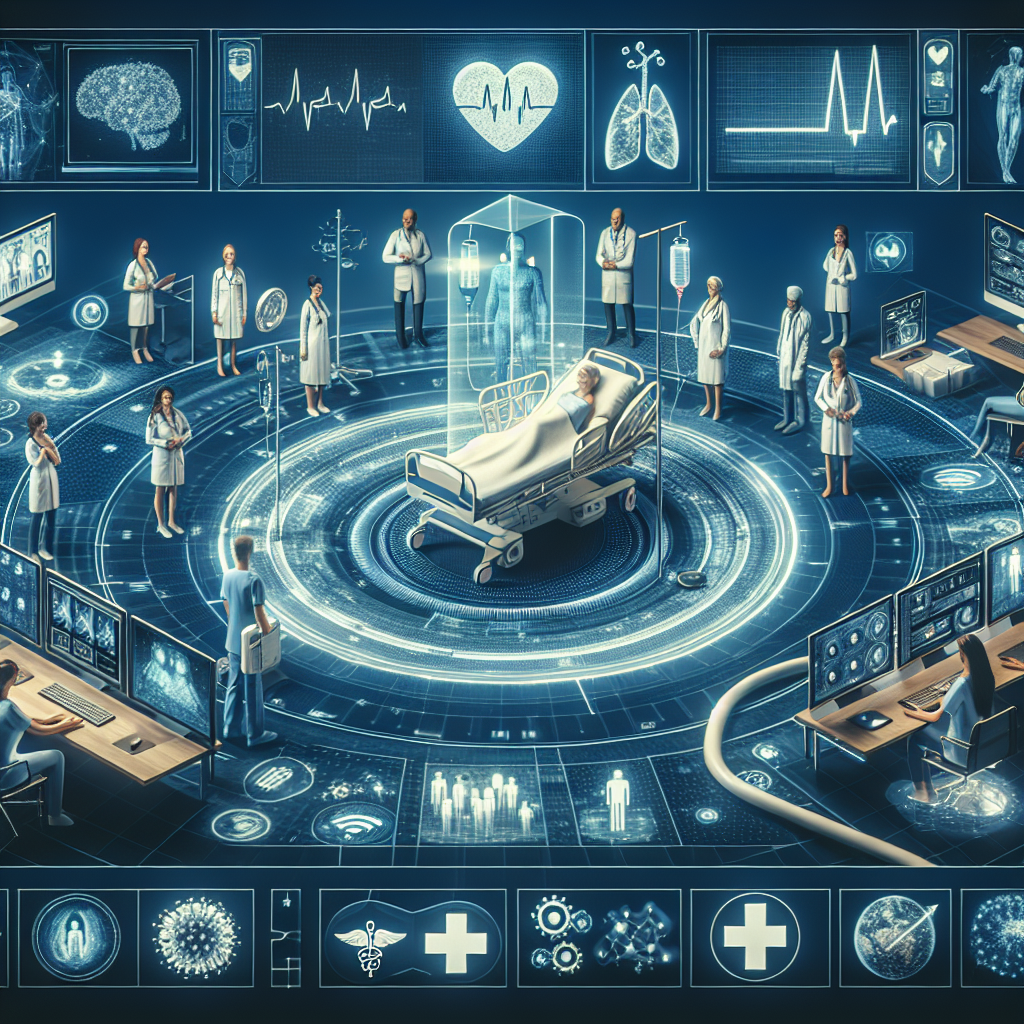
The Future of Healthcare: How Remote Monitoring is Revolutionizing Patient Care
The Future of Healthcare: How Remote Monitoring is Revolutionizing Patient CareIn recent years, advancements in technology have revolutionized the way healthcare is delivered. One of the most significant innovations that is transforming patient care is remote monitoring. This technology allows healthcare providers to monitor a patient’s vital signs and health data from a distance, enabling them to provide more personalized and timely care.
Remote monitoring involves the use of devices such as wearable sensors, mobile apps, and telehealth platforms to track a patient’s health metrics in real-time. These devices can monitor a wide range of vital signs, including heart rate, blood pressure, blood glucose levels, and oxygen saturation, among others. The data collected is then transmitted to the healthcare provider, who can review it and make informed decisions about the patient’s care.
One of the key benefits of remote monitoring is that it allows for continuous monitoring of a patient’s health, even when they are not in a healthcare facility. This can be particularly beneficial for patients with chronic conditions such as diabetes, hypertension, or heart disease, who require ongoing monitoring to manage their health effectively. By tracking their vital signs regularly, healthcare providers can detect any changes or potential issues early on, allowing for timely intervention and preventing complications.
Remote monitoring also enables healthcare providers to deliver more personalized care to their patients. By collecting and analyzing real-time data, providers can gain a better understanding of each patient’s unique health needs and tailor their treatment plans accordingly. This can lead to more effective and efficient care, improving patient outcomes and reducing healthcare costs in the long run.
Additionally, remote monitoring can improve access to care for patients in remote or underserved areas. By utilizing telehealth platforms and wearable devices, healthcare providers can reach patients who may not have easy access to healthcare facilities, allowing them to receive the care they need without having to travel long distances. This can help to bridge the gap in healthcare disparities and ensure that all patients have access to quality care, regardless of their location.
As technology continues to advance, the potential for remote monitoring in healthcare is only expected to grow. With the rise of artificial intelligence and machine learning, remote monitoring systems are becoming increasingly sophisticated, capable of analyzing large amounts of data and detecting patterns that may indicate potential health issues. This can help healthcare providers make more accurate diagnoses and treatment decisions, ultimately improving patient outcomes and quality of care.
In conclusion, remote monitoring is revolutionizing patient care by enabling healthcare providers to monitor patients’ health in real-time, deliver more personalized care, and improve access to care for underserved populations. As technology continues to evolve, the future of healthcare looks brighter than ever, with remote monitoring playing a crucial role in transforming the way healthcare is delivered and improving patient outcomes.
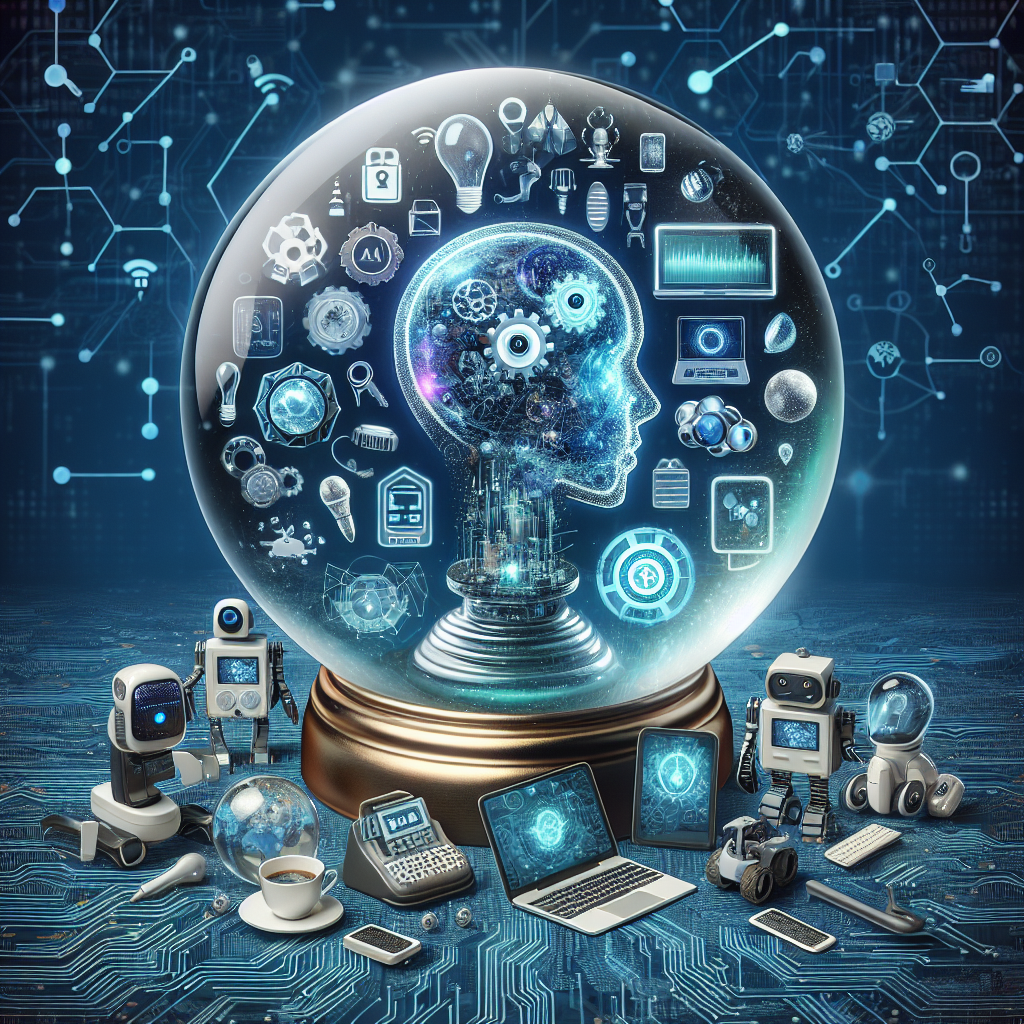
The Future of Technical Support: Trends and Innovations to Watch Out For
As technology continues to evolve at a rapid pace, so too does the world of technical support. Gone are the days of waiting on hold for hours to speak to a representative or having to bring your device into a physical store for repairs. The future of technical support is all about convenience, efficiency, and innovation.One of the most significant trends in technical support is the rise of artificial intelligence (AI) and machine learning. These technologies are revolutionizing the way technical issues are diagnosed and resolved. AI-powered chatbots can now provide instant and personalized assistance to customers, answering common questions and guiding them through troubleshooting steps. Machine learning algorithms can also analyze vast amounts of data to predict and prevent future technical issues before they even occur.
Another trend to watch out for is the increasing use of remote support tools. With more people working remotely than ever before, the need for remote technical support has never been greater. Remote support tools allow technicians to access and troubleshoot devices from anywhere in the world, saving time and reducing the need for in-person or over-the-phone support.
Furthermore, the Internet of Things (IoT) is shaping the future of technical support. As more and more devices become connected to the internet, the potential for technical issues to arise increases. Technical support teams are now tasked with troubleshooting not just computers and smartphones, but also smart home devices, wearables, and even cars. This requires a deeper understanding of interconnected systems and the ability to provide support across a wide range of devices and platforms.
Finally, the future of technical support is all about personalization and proactive support. Companies are using data analytics and customer feedback to tailor support experiences to individual needs and preferences. This means that customers can receive personalized recommendations, proactive alerts about potential issues, and even on-demand support tailored to their specific needs.
In conclusion, the future of technical support is an exciting and rapidly evolving field. With the rise of AI, remote support tools, IoT, and personalized support experiences, the way we receive technical assistance is changing for the better. By keeping an eye on these trends and innovations, businesses can stay ahead of the curve and provide the best possible support experience for their customers.
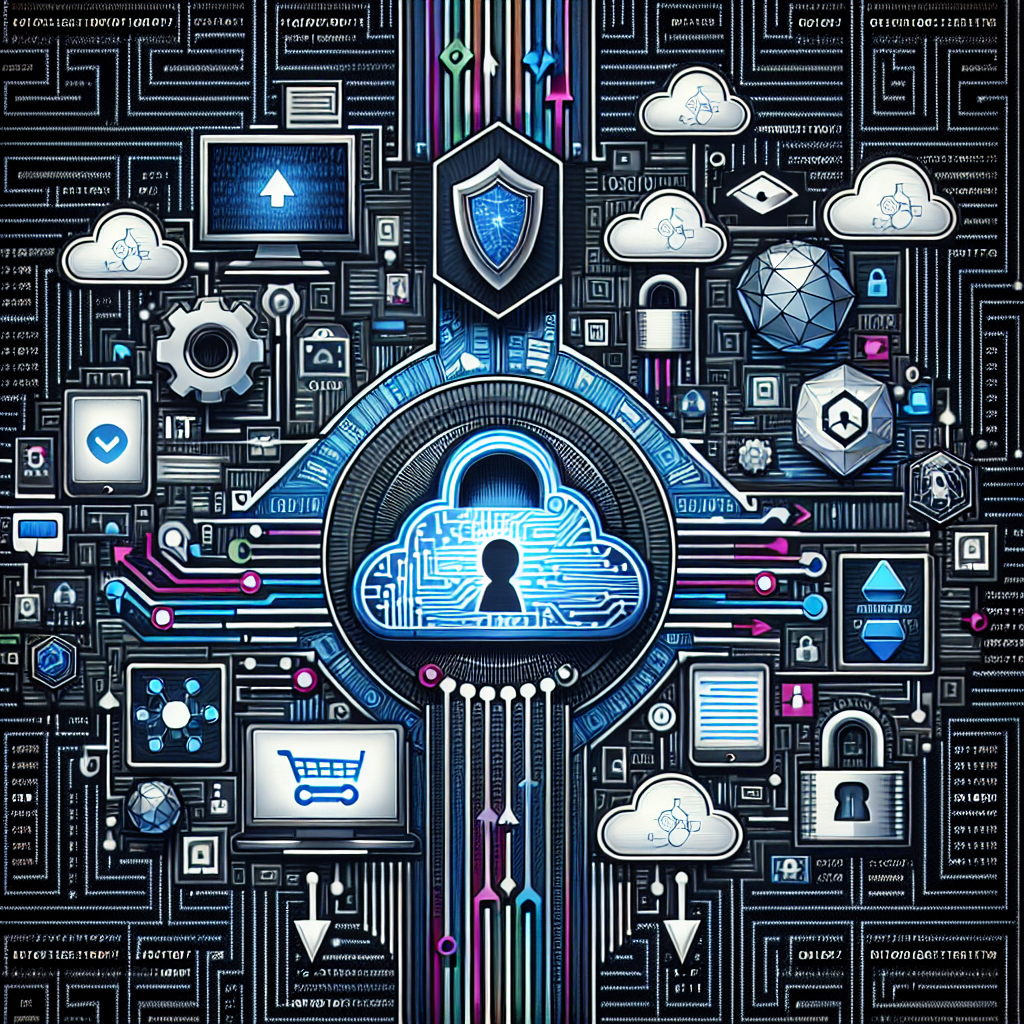
The Future of IT Solutions: Trends to Watch in 2021
The world of Information Technology (IT) is constantly evolving, with new trends and technologies emerging every year. As we look forward to 2021, it’s important to stay ahead of the curve and keep an eye on the latest developments in IT solutions. Here are some key trends to watch in the coming year:1. Artificial Intelligence (AI) and Machine Learning: AI and machine learning are already revolutionizing the way businesses operate, and this trend is set to continue in 2021. From predictive analytics to automated customer service, AI-driven solutions are becoming increasingly prevalent in various industries.
2. Internet of Things (IoT): The IoT is expanding rapidly, with more devices connected to the internet than ever before. In 2021, we can expect to see even more IoT solutions being integrated into everyday life, from smart homes to connected cars.
3. Cybersecurity: With the rise of cyber threats and data breaches, cybersecurity remains a top priority for businesses in 2021. IT solutions that focus on protecting sensitive information and preventing cyber attacks will be in high demand.
4. Cloud Computing: Cloud computing has become the backbone of IT infrastructure for many organizations, providing scalability, flexibility, and cost savings. In 2021, we can expect to see further advancements in cloud technology, such as multi-cloud solutions and edge computing.
5. Remote Work Solutions: The COVID-19 pandemic has accelerated the shift towards remote work, leading to an increased demand for IT solutions that enable employees to work from anywhere. In 2021, we can expect to see more tools and technologies designed to support remote collaboration and communication.
6. Blockchain: Blockchain technology is gaining traction in various industries, from finance to healthcare. In 2021, we can expect to see more IT solutions leveraging blockchain for secure transactions, supply chain management, and data verification.
7. 5G Technology: The rollout of 5G technology will bring faster speeds and lower latency, opening up new possibilities for IT solutions in areas such as augmented reality, virtual reality, and autonomous vehicles. In 2021, we can expect to see more innovations that take advantage of 5G connectivity.
Overall, the future of IT solutions in 2021 looks bright, with exciting developments in AI, IoT, cybersecurity, cloud computing, remote work, blockchain, and 5G technology. By staying informed and embracing these trends, businesses can stay competitive and drive innovation in the digital age.
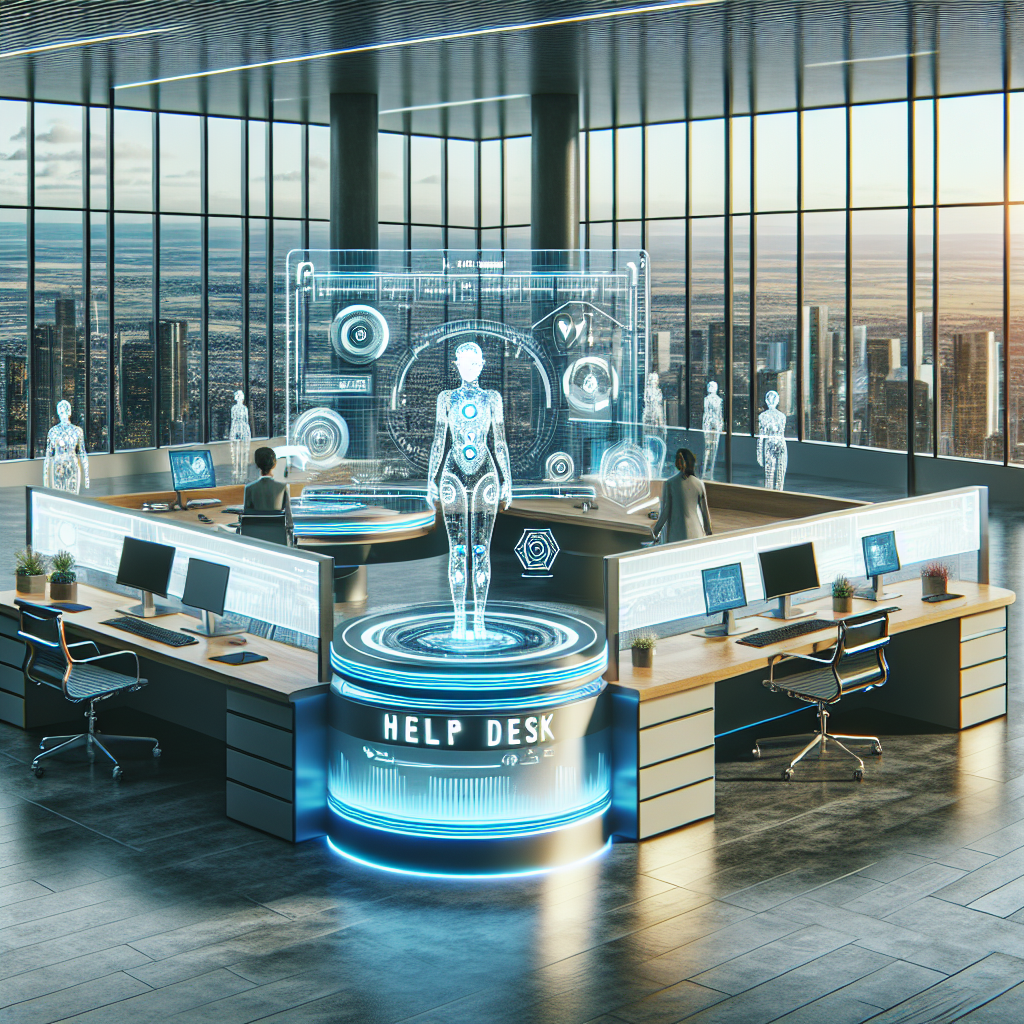
The Future of Help Desk: Trends to Watch in 2021
As technology continues to evolve at a rapid pace, so too does the world of help desk support. In 2021, there are several key trends emerging that are shaping the future of help desk services. From AI-powered chatbots to remote support options, here are some of the top trends to watch in the world of help desk support.One of the biggest trends in help desk support is the rise of AI-powered chatbots. These virtual assistants use artificial intelligence to provide instant responses to customer inquiries, helping to streamline the support process and reduce the burden on human agents. AI chatbots are becoming increasingly sophisticated, able to handle a wide range of customer queries and issues, making them an invaluable tool for help desk teams.
Another trend to watch in 2021 is the increasing emphasis on remote support options. With more and more people working from home, help desk teams are finding new ways to provide support to customers and employees who are not physically in the office. This includes tools like remote desktop support and video conferencing, which allow help desk agents to troubleshoot issues and provide assistance from any location.
In addition to AI chatbots and remote support options, help desk teams are also focusing on improving the overall customer experience. This includes providing more personalized support to customers, using data analytics to identify common issues and trends, and implementing self-service options to empower customers to find solutions on their own. By focusing on the customer experience, help desk teams can build stronger relationships with customers and improve overall satisfaction levels.
Lastly, cybersecurity is a major concern for help desk teams in 2021. With cyber threats on the rise, help desk teams are investing in training and tools to help them identify and respond to security incidents quickly and effectively. This includes implementing multi-factor authentication, encryption, and other security measures to protect customer data and prevent breaches.
In conclusion, the future of help desk support is bright, with new technologies and trends shaping the way that support teams interact with customers. By embracing AI chatbots, remote support options, and a focus on the customer experience, help desk teams can provide better, more efficient support to their customers in 2021 and beyond.
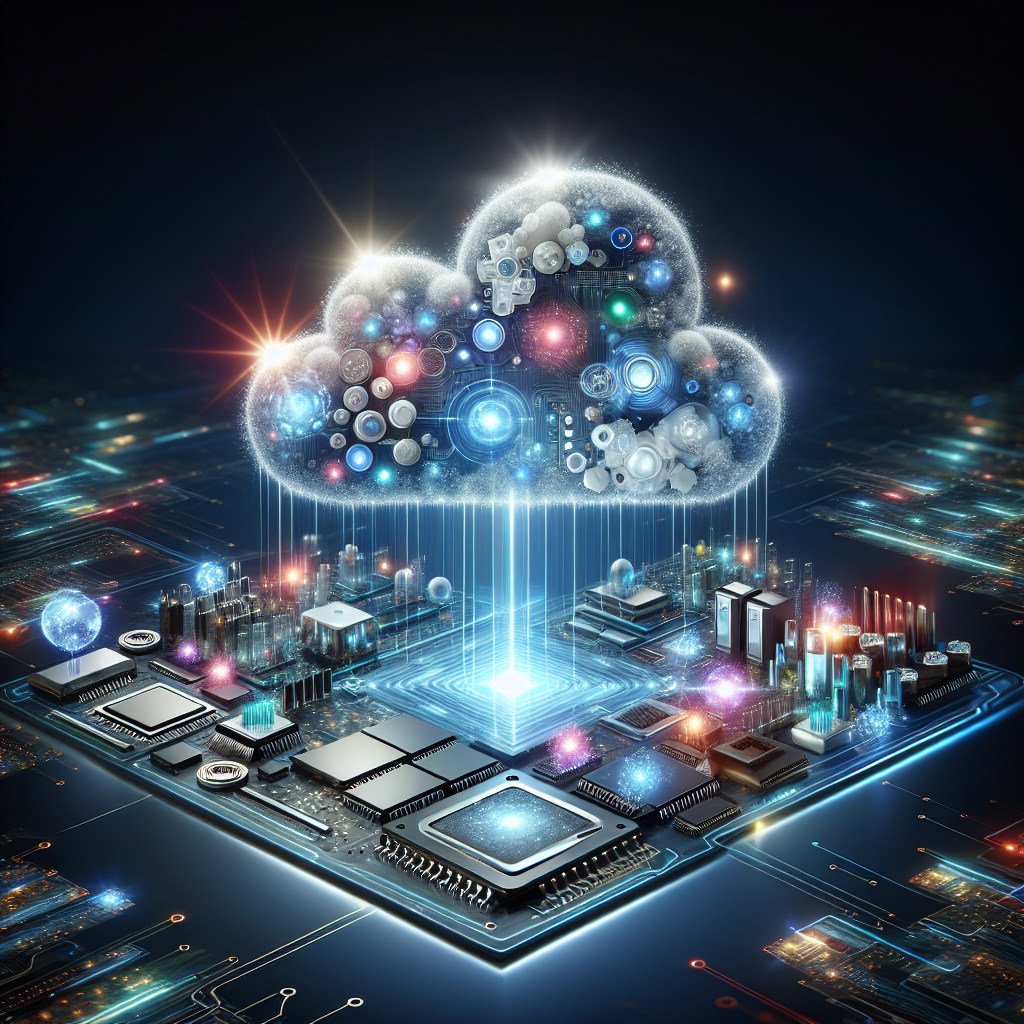
The Future of Cloud Computing: Emerging Technologies and Innovations
Cloud computing has been a game-changer in the world of technology, enabling businesses to store, manage, and access data and applications over the internet rather than on physical servers. As technology continues to advance at a rapid pace, the future of cloud computing is poised to bring even more innovations and capabilities to the table.One of the emerging technologies that is set to revolutionize cloud computing is edge computing. Edge computing brings processing power closer to the devices that are generating data, reducing latency and increasing efficiency. This technology will allow for faster and more real-time data processing, making it ideal for applications such as autonomous vehicles, smart cities, and IoT devices.
Another exciting development in cloud computing is the rise of serverless computing. Serverless computing allows developers to run code without having to manage servers, allowing them to focus on writing and deploying code rather than worrying about infrastructure. This technology offers a more efficient and cost-effective way to run applications, as users only pay for the resources they use.
Artificial intelligence and machine learning are also set to play a significant role in the future of cloud computing. These technologies can analyze vast amounts of data to provide insights and predictions, enabling businesses to make more informed decisions. Cloud providers are increasingly integrating AI and machine learning capabilities into their platforms, making it easier for users to leverage these technologies.
Security is always a top concern when it comes to cloud computing, and new innovations are being developed to address these concerns. One such innovation is confidential computing, which allows data to be processed in a secure enclave, protecting it from unauthorized access. This technology ensures that sensitive information remains confidential, even when it is being processed in the cloud.
With these emerging technologies and innovations, the future of cloud computing is looking brighter than ever. Businesses will be able to take advantage of faster processing speeds, more efficient resource management, and enhanced security measures to drive innovation and growth. As technology continues to evolve, the possibilities for cloud computing are endless, and the potential for businesses to leverage these advancements is limitless.
